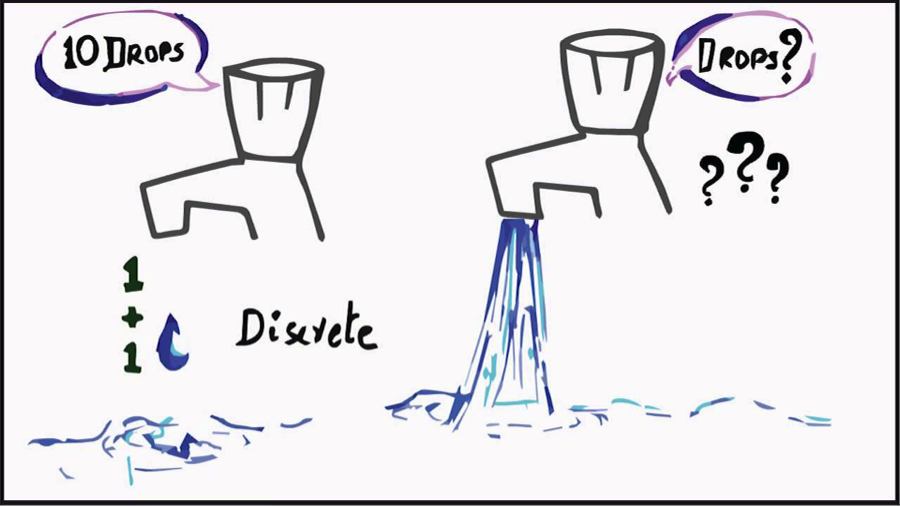A continuous variable is an infinite set of numerical values that represent a range of real-world phenomena. It is different from a discrete variable in that it can be described by any point in the range and not just by specific numbers.
Uses of Continuous Variable
Continuous variables are often used to measure physical and natural phenomena, such as temperature, length, time, or weight. They can also be used to measure more abstract characteristics such as attitudes or preferences.
Continuous variables are most commonly measured on a linear scale, but they can also be measured on other scales such as exponential or logarithmic scales. Continuous variables may have both positive and negative values that extend infinitely in either direction.
This means that each value within the range represents a unique combination of factors, which makes them ideal for measuring complex phenomena or events without having to break them down into discrete pieces.
Advantages and Disadvantages
The advantage of using continuous variables is that they provide much more information than discrete variables as they measure changes over time in more details and allow researchers to detect patterns more accurately.
While they offer many advantages, there are some drawbacks associated with using continuous variables: their data points must usually be collected at regular intervals which limits their usability in certain contexts; their measurements tend to be less accurate than those obtained from discrete variables; and the sheer amount of data generated from measuring continuous variables can make analysis difficult. Continuous variables have many advantages and disadvantages when it comes to statistical analysis.
One major advantage of continuous variables is that they provide more precise and detailed information than categorical variables, and can help to uncover relationships and trends in data that may not be apparent otherwise. For example, if we are studying the relationship between height and weight, using continuous variables allows us to analyze the data at a more granular level than if we were simply categorizing people as “tall” or “short”.
Additionally, continuous variables provide a wide range of values, which can increase the power and accuracy of statistical tests. However, there are also some disadvantages to using continuous variables.
Challenges
One challenge is that they may require a larger sample size for meaningful analysis. Because continuous variables produce so much data, it can be more difficult to identify significant differences or associations without a large enough sample size.
Another challenge is that continuous variables may be affected by outliers or extreme values, which can skew results and make it difficult to interpret the data accurately. Finally, continuous variables may be more difficult to measure and define precisely, which can introduce errors or inaccuracies in the data.
Despite these challenges, continuous variables offer many benefits and are a vital tool in statistical analysis. By carefully considering the advantages and disadvantages of using continuous variables, researchers can ensure that they are using the best possible methods to answer their research questions and draw meaningful conclusions from their data.
Conclusion
Furthermore, continuous variables are essential for performing mathematical operations such as integration, differentiation, and interpolation which are necessary for making predictions about real-world events (e.g., predicting future temperatures). However, when used strategically and appropriately, these same factors can provide invaluable insights for researchers studying complex systems or phenomena.

